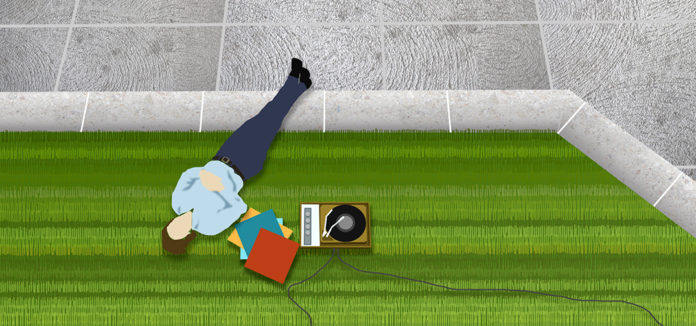For many years, I had a dark and dingy office with a soot-smeared window in a sterile hospital building. It was minimalist, to say the least: a bookshelf, a desk, a chair for me, and a sofa for my patients. Looking back, I think I had an unconscious hope that this no-frills telegraphed how seriously I took my job and that my office was a place for serious work with patients. In my mind, it was a place to get good work done. Period.
Had I known then what I know now about how one’s environment affects our wellbeing, at the very least, I would have had my windows cleaned! Our surroundings influence our bodies and our minds. Especially the amount of light we receive. Study after study shows the benefits of spending time in a light-filled environment:
1. Happiness
Workers with windows are more satisfied and less stressed than those who spend their days in windowless offices.
2. Improved Performance
Students perform better and are more attentive in classrooms with windows. In one study students in classrooms with the most daylight progressed 20 percent faster in math over one year compared to their peers with less light, and 26 percent faster in reading.
3. Better Sleep
People who have access to natural daylight throughout the day sleep better than those who don’t.
4. Quicker Recovery Time
Patients recovering in sunny rooms have shorter hospital stays and require less pain medication than patients who have lousy views or no window at all.
5. More Ethical
Researchers found that well-lit environments increase honesty while darkness increases morally questionable behavior. As the researchers ask, why are we so stunned when we hear about a crime that occurred in “broad daylight.”
Imagine you are hearing/reading a news story reporting that a person was murdered in broad daylight while sitting on a park bench. Why does “broad daylight” attract your attention? Is it that people believe that good deeds happen when the sun is out? In contrast to the association between darkness and evil, light has always been a symbol of goodness.
Of course, the best way to experience the benefits of natural daylight is to go outside. A Washington, DC-based doctor literally prescribes time outdoors to his patients. No insurance pre-approval or co-pay needed!
While this might sound like a throwback to the good old days when doctors would send their patients to the countryside to recover from Tuberculosis or other ailments, I assure you that spending time outdoors is cutting edge medicine.
I wish you all the best,
Dr. Samantha Boardman







